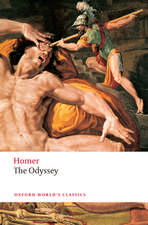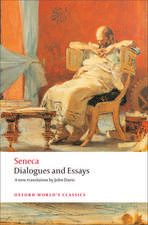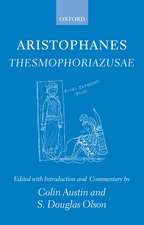Desire in the Canterbury Tales: Interventions: New Studies Medieval Cult
Autor Elizabeth Scalaen Limba Engleză Paperback – 17 mar 2016
Chaucer’s Canterbury Tales is a discourse of desire. Beyond the many pilgrims’ stories taking desire as their topic, Elizabeth Scala argues that desire operates in structurally significant ways found in the signifying chains that link the tales to each other.
Desire in the Canterbury Tales coordinates the compulsions of desire with the act of misreading to define the driving force of Chaucer’s story collection. With Chaucer’s competitive pilgrimage as an important point of departure, this study examines the collection’s manner of generating stories out of division, difference, and contestation. It argues that Chaucer’s tales are produced as misreadings and misrecognitions of each other. Looking to the main predicate of the General Prologue’s famous opening sentence (“longen”) as well as the thematic concerns of a number of tale-tellers, and working with a theoretical model that exposes language as the product of such longing, Scala posits desire as the very subject of the Canterbury Tales and misrecognition as its productive effect. In chapters focusing on both the well-discussed tales of fragment 1 and the marriage group as well as the more recalcitrant religious stories, Desire in the Canterbury Tales offers a comprehensive means of accounting for Chaucer’s poem.
Desire in the Canterbury Tales coordinates the compulsions of desire with the act of misreading to define the driving force of Chaucer’s story collection. With Chaucer’s competitive pilgrimage as an important point of departure, this study examines the collection’s manner of generating stories out of division, difference, and contestation. It argues that Chaucer’s tales are produced as misreadings and misrecognitions of each other. Looking to the main predicate of the General Prologue’s famous opening sentence (“longen”) as well as the thematic concerns of a number of tale-tellers, and working with a theoretical model that exposes language as the product of such longing, Scala posits desire as the very subject of the Canterbury Tales and misrecognition as its productive effect. In chapters focusing on both the well-discussed tales of fragment 1 and the marriage group as well as the more recalcitrant religious stories, Desire in the Canterbury Tales offers a comprehensive means of accounting for Chaucer’s poem.
Preț: 265.55 lei
Nou
Puncte Express: 398
Preț estimativ în valută:
50.82€ • 55.18$ • 42.69£
50.82€ • 55.18$ • 42.69£
Carte tipărită la comandă
Livrare economică 22 aprilie-06 mai
Preluare comenzi: 021 569.72.76
Specificații
ISBN-13: 9780814251997
ISBN-10: 0814251994
Pagini: 238
Dimensiuni: 152 x 229 x 15 mm
Greutate: 0.35 kg
Ediția:1
Editura: Ohio State University Press
Colecția Ohio State University Press
Seria Interventions: New Studies Medieval Cult
ISBN-10: 0814251994
Pagini: 238
Dimensiuni: 152 x 229 x 15 mm
Greutate: 0.35 kg
Ediția:1
Editura: Ohio State University Press
Colecția Ohio State University Press
Seria Interventions: New Studies Medieval Cult
Recenzii
“This book is smart, interesting, and timely. It will be a welcome intervention into a number of ongoing discussions in the field and be a major contribution to Chaucer studies.”
—Mark Miller, University of Chicago
—Mark Miller, University of Chicago
Notă biografică
Elizabeth Scala is associate professor of English at the University of Texas at Austin.
Cuprins
Introduction––Mobility and Contestation
Chapter 1––“We Witen Nat What Thing We Preyen Heere”: Desire, Knowledge, and the Ruse of Satisfaction in the Knight’s Tale
Chapter 2––Misreading Like the Reeve
Chapter 3––Symptoms of Desire in Chaucer’s Wives and Clerks
Chapter 4––Disfigurements of Desire in Chaucer’s Religious Tales
Conclusion––Reading and Misreading Chaucer
Chapter 1––“We Witen Nat What Thing We Preyen Heere”: Desire, Knowledge, and the Ruse of Satisfaction in the Knight’s Tale
Chapter 2––Misreading Like the Reeve
Chapter 3––Symptoms of Desire in Chaucer’s Wives and Clerks
Chapter 4––Disfigurements of Desire in Chaucer’s Religious Tales
Conclusion––Reading and Misreading Chaucer
Descriere
Coordinates the compulsions of desire with the act of misreading to define the driving force of The Canterbury Tales.
































